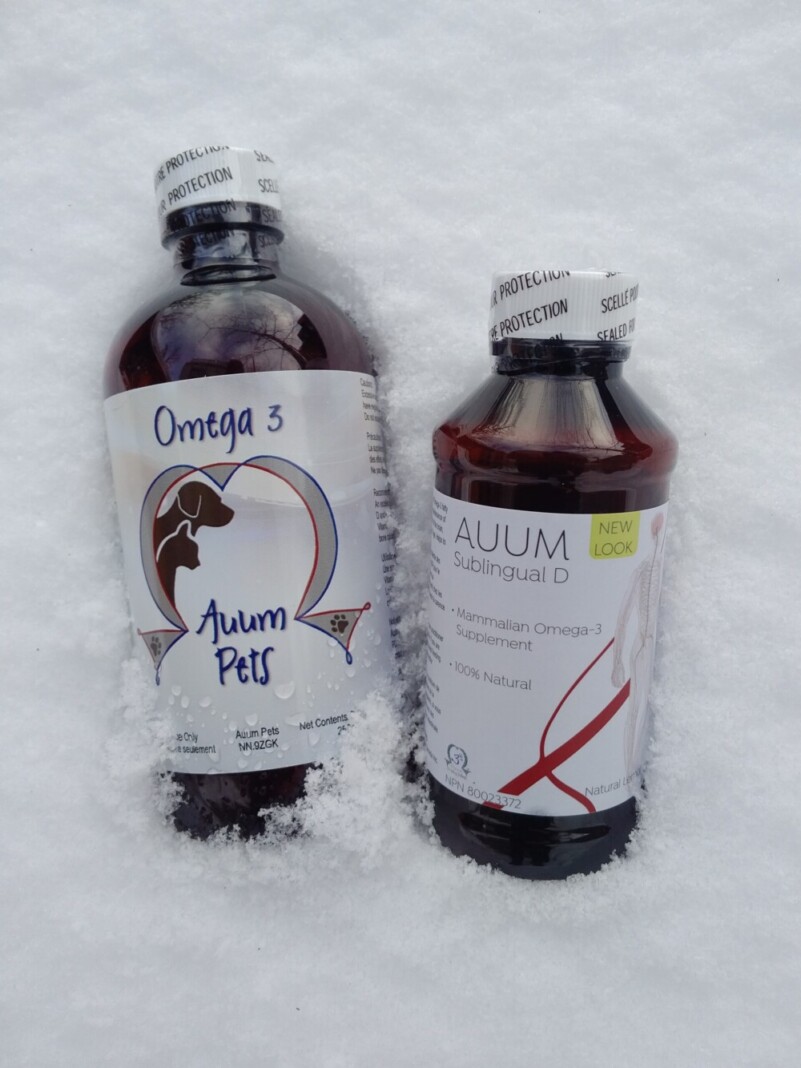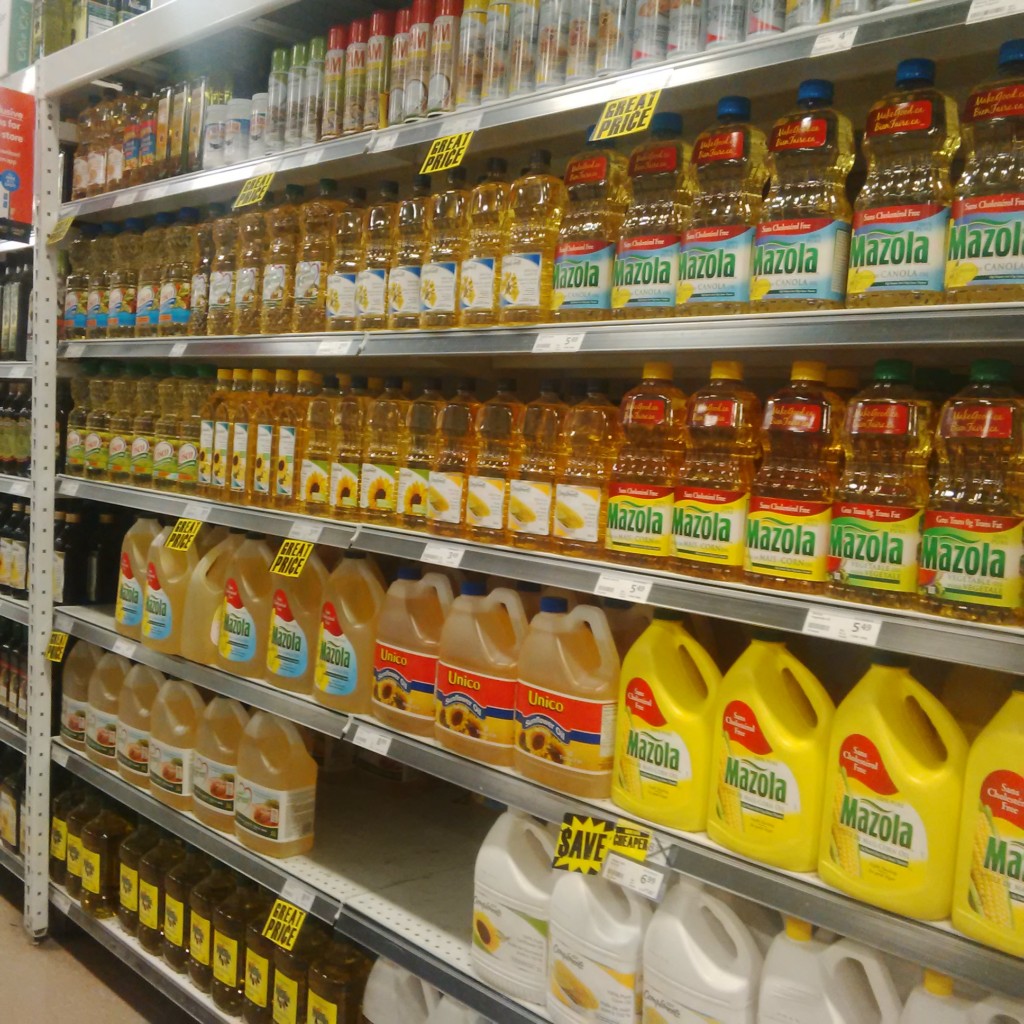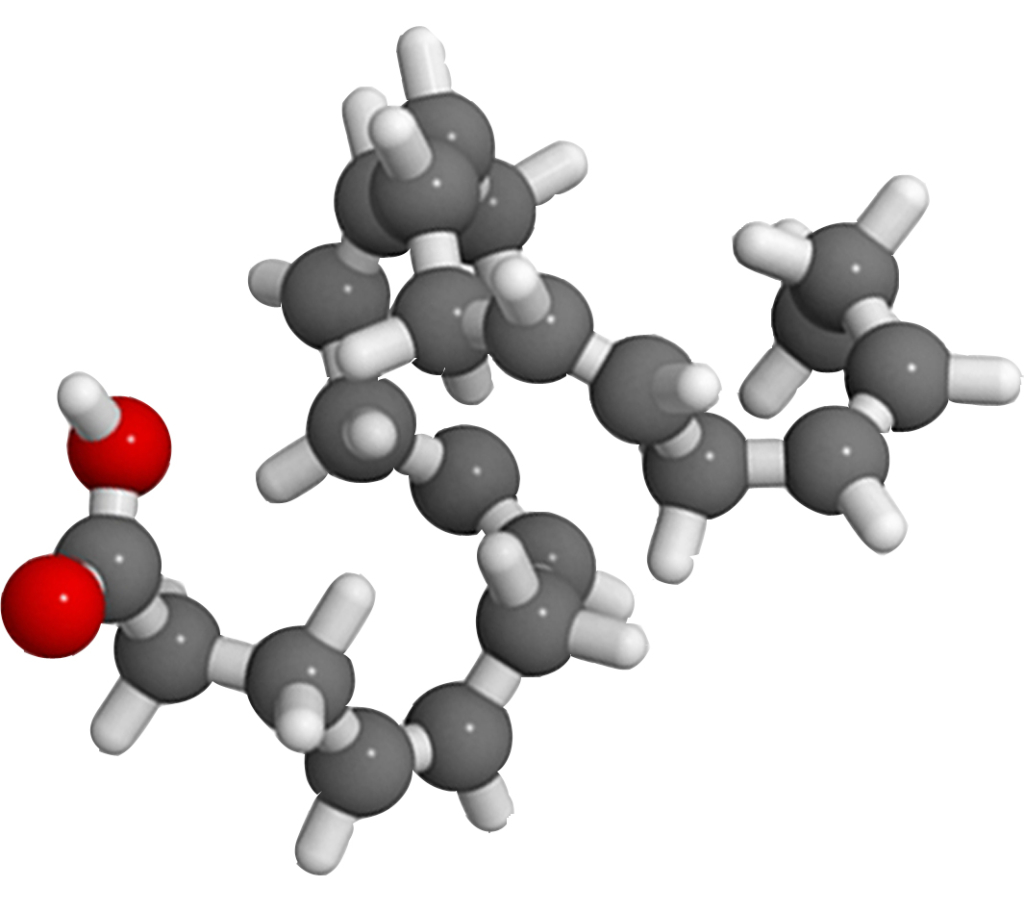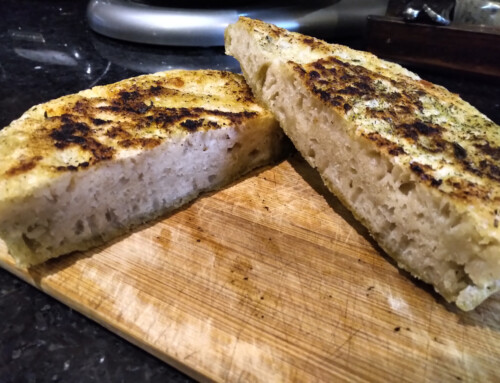 Since 2008, I can say that I have learned a lot about seal oil omega 3s and omega 3s in general. The differences between the sources of omegas remind me of the 1 molecule difference between margarine and plastic – a molecule difference could be a small difference but also a major difference. If nature is the truth then everything has a purpose and there may be more than the eye can see. I see the differences clearly and continue to educate on seal oil omega 3s for your better health.
Since 2008, I can say that I have learned a lot about seal oil omega 3s and omega 3s in general. The differences between the sources of omegas remind me of the 1 molecule difference between margarine and plastic – a molecule difference could be a small difference but also a major difference. If nature is the truth then everything has a purpose and there may be more than the eye can see. I see the differences clearly and continue to educate on seal oil omega 3s for your better health.
Let’s explore five key differences between plant, fish, and seal oil omega 3s. Starting with the omega 6 to omega 3 ratio, oxidation, the sublingual absorption, and the forms of omega 3 present in the oils, and ending with results that doctors did not know were possible (published research).
Essential Fatty Acids or Omega 3s
First, I would like to highlight that both Omega 3 and Omega 6 are essential fatty acids (EFAs). Our body does not produce them so we need to get them from our foods. They are needed by every cell in the body and they are beneficial for managing inflammation (which is part of every dis-ease), brain and heart health, the health of the skin, and much more. This means the essential omegas (not omega 7 and omega 9) help every bodily system including the nervous system which runs the body. Without our nervous system, our foods cannot move through the digestive tract.
It is important to understand what they help with and what source is going to give you the most effective results.
Seal Oil Omega 3s versus Plant and Fish
-
Omega 6 to Omega 3 Ratio
What is the Ratio of Your Omega 3 Foods
Omega 3 foods will most likely contain both Omega 3 and Omega 6. According to fat usage, the critical ratio of Omega 6 to Omega 3 may not be in your favour for optimum health and for managing inflammation. Omega 3 and Omega 6 are both healthy EFAs as long as these omegas are closer to an equally balanced 1:1 ratio. When you consume corn oil the ratio is approximately 60:1 Omega 6 to Omega 3. Omega 6 causes inflammation and Omega 3 reduces inflammation. There is a reason for inflammation in our body, for example, for the growth of new cells.
“A century ago, the Omega 6 in our diet comprised .2% of our caloric intake, whereas today it has reached the dangerous level of around 20%. Add to that the decrease of Omega 3 in our diet due to current farming and production methods, and the 1:1 ratio of Omega 6 to Omega 3 that is required for our health becomes distorted, far too often blood intakes are measuring as high as 20:1 or more.” Referenced Source
When looking at the recommended ratio across many references where the ratio is from 1:1 to 4:1 Omega 6 to Omega 3, 20:1 is not as favourable for managing inflammation, where inflammation has been well established as part of every disease.
 Ratio Research
Ratio Research
In the secondary prevention of cardiovascular disease, a ratio of 4/1 was associated with a 70% decrease in total mortality. Simopoulos AP (PubMed, US National Library of Medicine National Institutes of Health link) shares in his abstract:
- The ratio of 2.5/1 reduced rectal cell proliferation in patients with colorectal cancer, whereas a ratio of 4/1 with the same amount of omega-3 PUFA had no effect.
- A ratio of 2-3/1 suppressed inflammation in patients with rheumatoid arthritis.
- A ratio of 5/1 had a beneficial effect on patients with asthma, whereas a ratio of 10/1 had adverse consequences.
For an Omega 6 to Omega 3 Ratio List check out the article Omega 3 Foods Important Differences for a list and charts.
Seal oil is naturally Omega 6 to Omega 3 1:1 ratio whereas plant may be 1:4 (flaxseed oil) to 60:1 (corn oil) or 2000:1 (almonds). Fish oil on average is 10:1 Omega 6 to Omega 3.
Worth noting that both plant omega 3s and fish oils oxidize much quicker than seal oil omega 3s. Seal oil omega 3s are naturally stable.
-
Raw Material versus Finished Product
Raw material equates to picking berries from the bush, purchasing ground beef, and buying a dozen eggs. You get the picture. The finished product is taking the raw material and making itself stable for a longer time, such as dried apricots, baked items such as bread, canning, pickling, and making cheese. Then there are the products that are pasteurized to kill off bacteria (bad and good), such as fruit juices, and milk. Water is treated (ionized) to kill off bacteria. Let’s consider how this would affect the omega-3s in our foods.
For almost 20 years, I worked in food processing including fisheries, bakeries, dairy, chocolate manufacturing, etc. One of the ingredients purchased was refined vegetable oil. Oil seeds are seeds that are refined (RBD – refined, bleached, and deodorized) so they can be stable in your cupboard for a long time. Refined vegetable seed oils are used a lot in food manufacturing, such as canola oil, sunflower oil, soybean oil, cottonseed oil, etc. On food packages, these oils claimed to have contained omega 3s but because it wasn’t a healthy source of omega 3s, the labels on cereals and bread packaging no longer have these claims (every country may be different).
No matter the country, these omega 3s in vegetable oils are processed and oxidized so the packaging labeled with Omega 3s was changed. Now, you see other sources of plant omega 3s such as chia seeds, hemp seeds, and walnuts labeled with omega 3s. This is true but they are the plant form of omega 3s, and flaxseed oil will oxidize if not stored or used properly, especially if purchased as an oil. Oxidized fats are free radicals in our system causing havoc so you best have plenty of antioxidants in your system to offset them. Preferably you know how to buy them whole, store them, and use them. Next to the source of omega 3s, you want to be able to understand if you are converting the short-chain omega 3s (plant) to the long-chain omega 3s (mammal).
An important piece to understand is that the fruit and vegetables we eat do not look anything like our body parts. Our digestive system needs to break it down to absorb it then put it back together again.
Plant omega 3s are short-chain. When consumed by the fish, they are longer chains. When the seals eat the fish, the omega 3s are mammalian omega 3 molecules just like us. (The harp seal is an aquatic mammal).
Our body requires long-chain EFAs for optimum health. Breast milk contains mammalian omega-3s. Both breast milk and unrefined seal oil omega 3s are able to absorb under our tongue via the sublingual glands (which are salivary glands). This is very important because sublingual absorption means bypassing the unpredictable digestive system and entering the blood within minutes. When you are under stress which includes pain, the digestive system is not functioning optimally which means absorption would be affected. There is a good reason for this. You are most likely aware of the adrenaline response or the flight or fight response. The energy is going elsewhere and not to the digestive system. This would also mean consuming oil and not a capsule.
The body requires longer chain EFAs for our health (brain function and managing inflammation). Are you converting enough short-chain omega 3s?
The body is capable of absorbing unrefined seal oil omega 3s sublingually under the tongue bypassing the unpredictable digestive system. Are you aware of this and its effects on our health (neuropathy)?
Plant sources contain the omegas ALA and LA as the short-chain EFAs. Fish oils, omega 3s as longer chains, contain EPA and DHA. The seal oil contains EPA, DHA, and DPA. DPA is an omega 3 that is present in breast milk along with DHA (not EPA). DPA is more abundant in our blood than EPA. DPA is found in some of our glands and is said to support the function of our pituitary gland (located in our brain).
-
Published Research Using Auum Seal Oil Omega 3s
Whatever the differences, the results also speak for themselves. There have been several or more research studies showing that seal oil is more effective than fish oils. Many people who rely on plant sources of omega 3s may wish to have a test done to check their levels of omega 3s. I remember a doctor who did tests for a large group of vegans and instead of having levels of 60+ they were on average 25. This doctor was only familiar with fish oil and that is why most doctors and practitioners will recommend fish oils over plants BUT they are not familiar with seal oil. Not all seal oil is the same. This is where I would need to explain further the differences in raw materials and processing. If you see, Refined, Molecularly Distilled, Purified on the label then you know it has been through a process called RBD (refined bleached, and deodorized).
Research CBC article 2008 Seal oil shows promise for healthy heart, researcher says
Let’s not have a misunderstanding on the source of the Auum seal oil omega 3s. Auum has been working with the Inuit as its source of seal oil but also to support the Canadian Inuit that lives in the far north. I am a big advocate for working directly with the Inuit people to support them in a lifestyle they enjoy not working in a factory all day.
Did you hear that Greenpeace has changed its tune on the seal hunt and apologizes for the far-reaching negative impact it had on the Inuit people? The Inuit are cautious and I understand. When the seal hunt was being banned by the EU, Greenpeace was in Europe marching and handing out stuffed seals. The Inuit were also in Europe at the same place at the same time presenting their case. On one hand, I want to believe they are genuine but then Greenpeace would have been ill-advised or blind not to see what was going on – the Inuit were being greatly affected by the ban but also by the previous carelessness of misunderstandings by parties other than Greenpeace such as the Humane Society.
Greenpeace apology to Inuit for impacts of seal campaign
Conclusion
The quality of the omega 3s, the source of the omega 3s, and even the quantity (published research above) will make a difference to the results and health benefits of the person, each being unique. If you are currently taking an omega food source or supplements, learn more about what you are taking. Ask yourself if you notice a difference/result when you took the supplements and when you are not taking them. One could also compare by switching different sources.
As a practitioner, I highly recommend that people give the Auum seal oil omega 3s a try because they are the only ones used in published research (University of Toronto – Type 1 Diabetes Peripheral Neuropathy). I have the recommended dosage for diabetic neuropathy as well as cancer chemo treatment peripheral neuropathy.
*Participants Required: If you live in Canada and have neuropathy (diabetic, cancer treatment, or idiopathic) please Contact Me if you would like more information about an upcoming field study that I am conducting.

Cheryl Millett
Champion for your better health…









